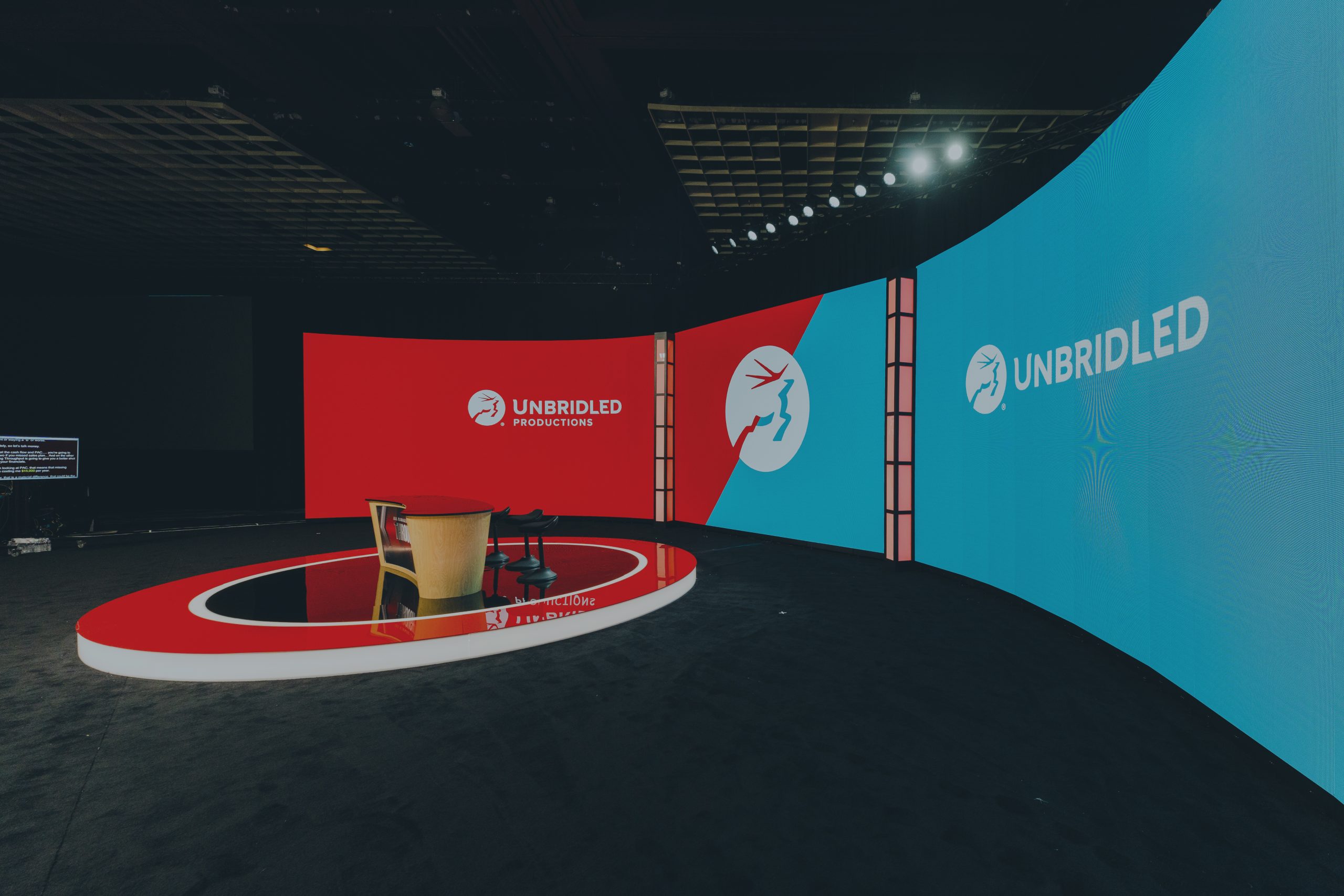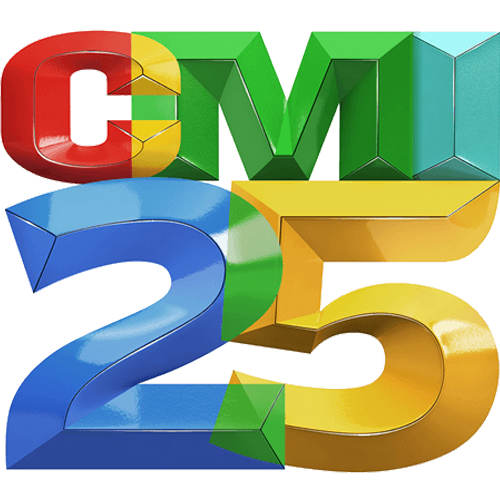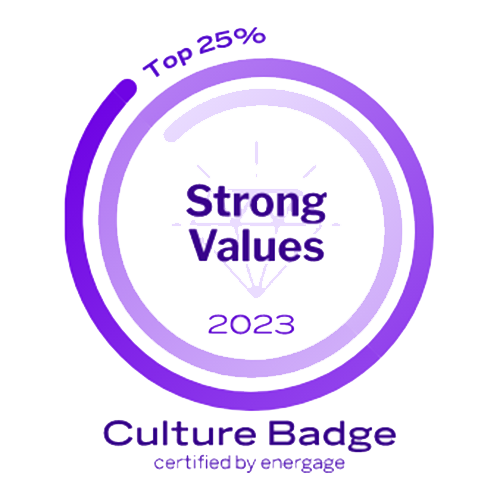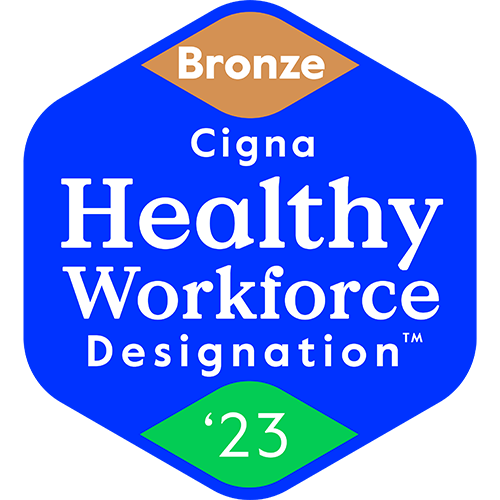Planning an unforgettable event goes beyond just picking out decorations and outfits—it’s about crafting a story that connects with your guests. Your event theme acts as the foundation of this story, guiding everything from the look and feel to the message it conveys. Think of it as the link between your organization’s values and what your guests expect.
With so many options, it can be overwhelming, but don’t worry! In this blog, we’ll explore seven key event themes that can shape the structure and message of your event. Whether you’re organizing a corporate party, fundraiser, or conference, understanding these themes will help you choose the perfect one for your organization. Let’s jump in and discover how to pick a theme that takes your event to the next level!
The Pillar-Based Theme
The pillar-based theme strategy involves breaking down the main theme into smaller subtopics that collectively contribute to the overarching message. This approach allows for multiple messages to be conveyed throughout the event, each reinforcing the central theme or “pillar.”
For instance, Illumina, a biotechnology company, adopted this strategy for their 2017 global sales meeting centered around the concept of “Re.” Their overarching message, “reshaping the future,” was complemented by sub-messaging such as “reconnect, reimagine, and reignite.” This approach enabled Illumina to deliver a cohesive and impactful event experience that resonated with their audience.
The Anti-theme
Anti-theming is a strategic approach that diverges from direct messaging, opting instead for subtlety and intrigue. Rather than explicitly stating the theme, this method invites attendees to embark on a journey of discovery, where the theme reveals itself through engaging experiences and hidden messages.
A notable example of this approach is seen in Salesforce’s Dreamforce event, which is recognized as the largest software conference globally. Dreamforce excels in creating an immersive environment where attendees are immersed in activities and interactions that subtly reinforce the overarching theme. Through this method, participants not only engage actively but also internalize the theme through their own exploration and interpretation, resulting in a deeper and more impactful experience.
The Teaser-and-Reveal Theme
Generating anticipation for an event is a fantastic method to engage attendees from the outset. With the teaser-and-reveal strategy, you construct the thematic buildup through various messages, gradually unveiling crucial ideas about the company’s new vision in the lead-up to the event. Then, you unveil the messaging in a grand manner, transforming it into an interactive process until the final visual reveal.
For instance, VMWare’s global VMWorld conference employs this tactic adeptly. Each year, they tantalize their audience with early announcements and maintain a consistent graphical language, divulging a bit more information with each message, building excitement leading up to the event.
The Legacy Brand Genre
Think of those events that have become so iconic that their very existence is the theme. Take, for instance, Apple’s Worldwide Developers Conference, or WWDC. These gatherings have transcended traditional themes to become an entity in themselves. Their legacy is so immense that the event’s acronym has become synonymous with the event itself, providing ample flexibility in messaging. Essentially, these conferences or events have ascended to such prominence based solely on their identity and reputation.
In such cases, the event’s brand becomes the theme, offering organizers a wide canvas on which to paint their messaging and goals. Attendees come with a clear understanding of what to expect, allowing organizers to focus on enhancing the experience and delivering value without the need for elaborate thematic constructs. These events are not just about conveying information; they are about embodying a brand ethos and fostering a community around it.
The Thematic Statement
Sometimes, subtlety is overrated. In the case of the thematic statement approach, one bold declaration reigns supreme, encapsulating the entire essence of the event. This statement becomes the focal point, with all event materials and messaging orbiting around it. Essentially, it’s a broad yet powerful message that encompasses a myriad of sub-messages.
Take, for instance, the Google I/O conference. Here, they adopted a thematic statement that cleverly reimagined the symbol for input/output, traditionally denoting the interface between a computer system and the external world. Transformed into “innovation in the open” for the conference theme, this statement became more than just a descriptor—it became the soul of the entire event. With every aspect of the conference aligned with this bold declaration, attendees were immersed in an experience that resonated with Google’s ethos of openness, creativity, and forward-thinking.
The Platform-Based Theme
In this approach, a platform becomes the cornerstone for disseminating strategic messages beyond the event itself, influencing the way your message is communicated. Take Microsoft’s webinar series, Microsoft Envision, for instance. This theme serves not only as a title for the event but also as a guiding principle for messaging across the company even after the event concludes. By leveraging this platform-based approach, Microsoft extends the reach of its message, ensuring continuity and consistency in its communication strategies long after the event curtains have closed.
The Campaign-Based Theme
This approach entails delivering your messaging either before or during the event as part of a broader, ongoing campaign. It demands robust marketing efforts and a keen alignment between your external messaging and internal values. By showcasing your culture and values to the world, you reinforce the message to your employees. For instance, IBM’s “Outthink” campaign was not only consumer-facing but also internal, resonating with both customers and employees alike. Through this campaign-based theme, IBM effectively integrated its event messaging into a larger narrative, amplifying its impact both internally and externally.
Envision Your Goals
Every organization has its own specific needs and goals, shaping its approach to event themes. Consider how you want to present your message. Do you have one overarching theme supported by sub-messaging? Are you seeking to give your event a distinct identity? Do you aim to build anticipation or unite your employees and customers behind a shared vision?
Asking yourself these questions, among others, about your objectives and the desired impact on your audience can guide you in selecting the right theme for your next event. Once you’ve identified your theme and chosen how to deliver your message, you can start filling your event design with content.
Ultimately, the goal is clear: Your theme and message should provide clarity and forge a connection to your company and culture, leaving a lasting impression on your audience.
For more insights on event themes, don’t miss our master class webinar on Event Themes Reimagined.











